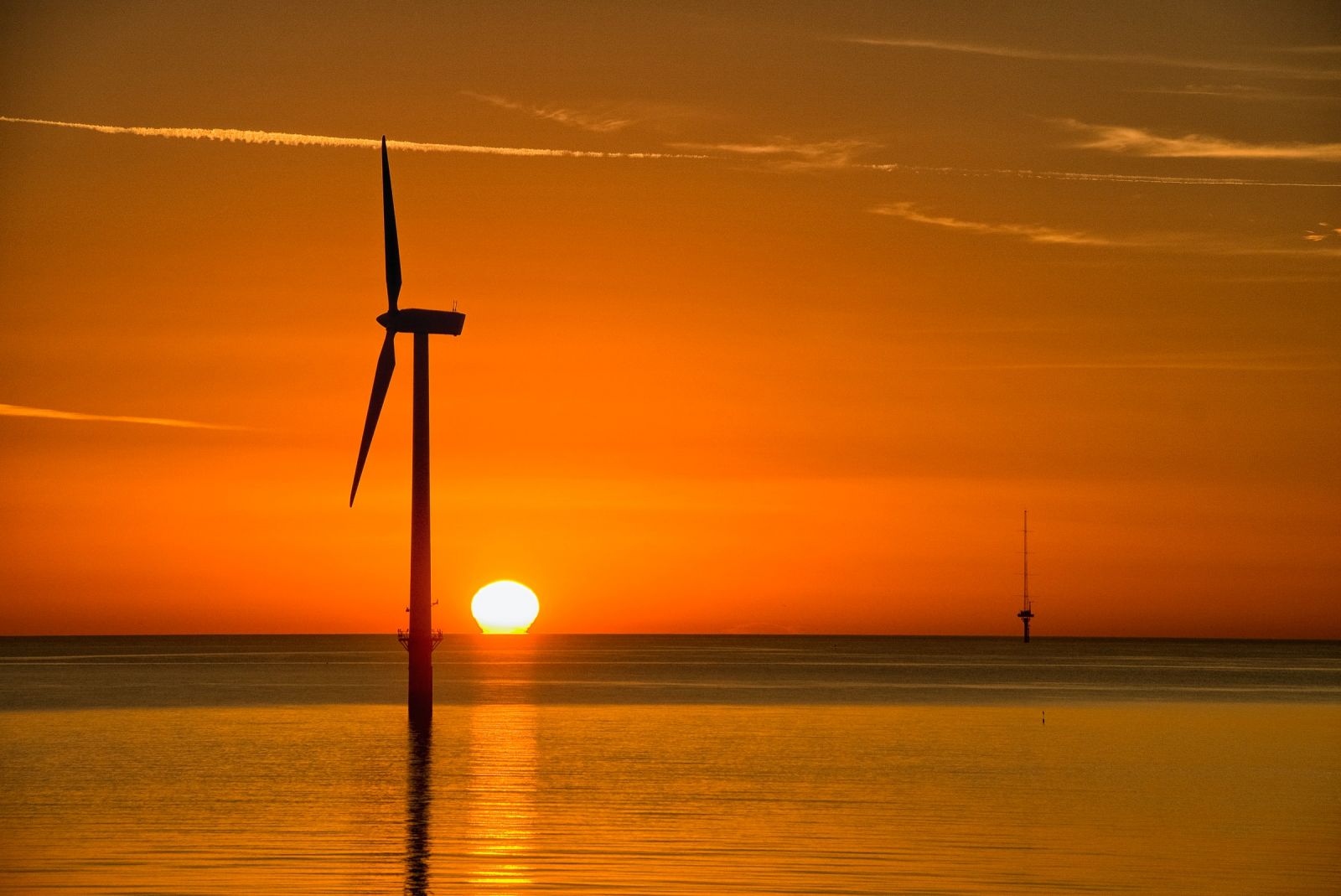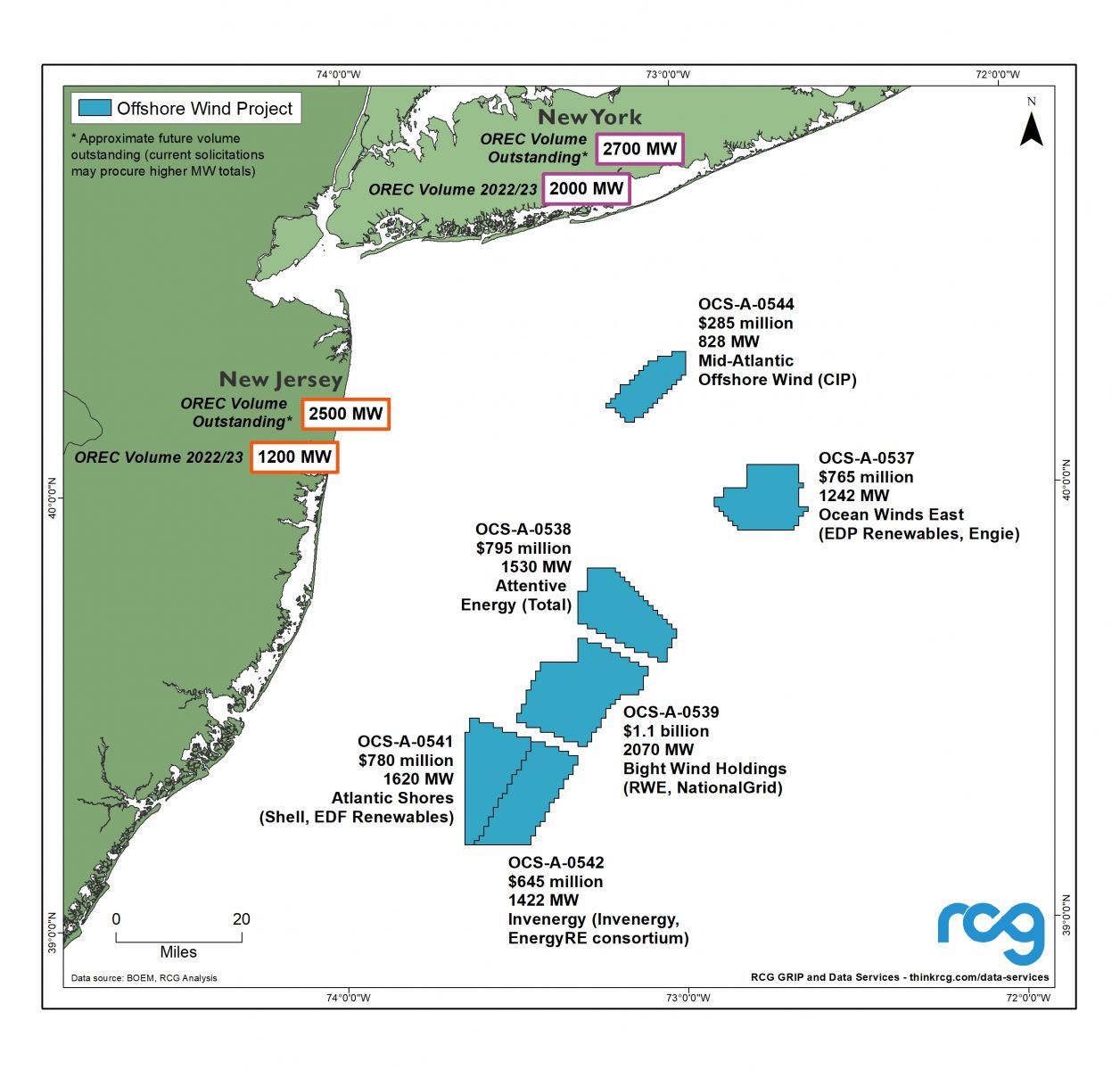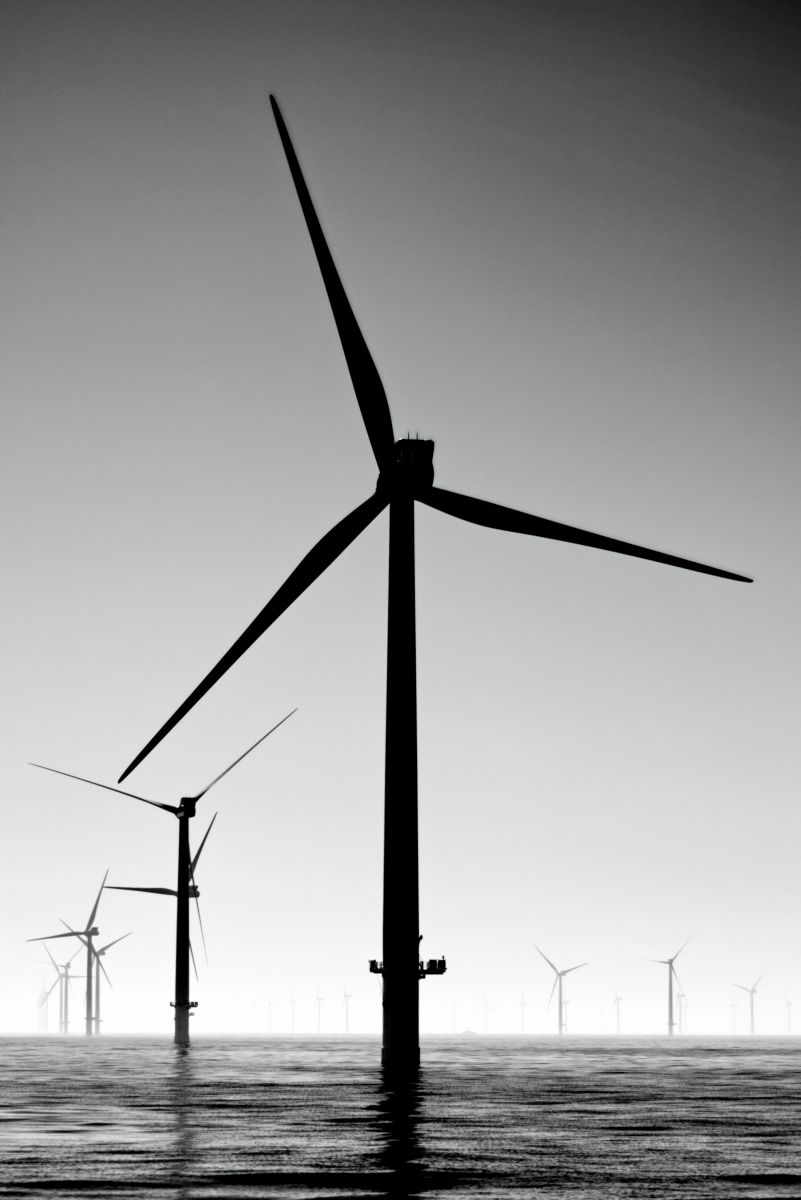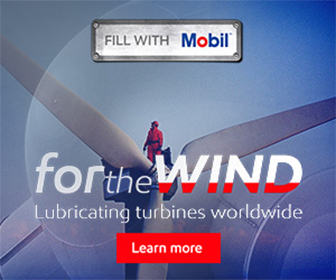New York Bight: An Offshore Wind Milestone
This past February, the Bureau of Ocean Energy Management (BOEM) conducted Atlantic Wind Lease Sale 8 (ATLW-8), auctioning six offshore wind lease areas in the part of the Atlantic Outer Continental Shelf lying between New York and New Jersey known as the New York Bight. Due to intense developer competition, the sale brought in $4.37 Billion of bid revenue to the US treasury in the highest-grossing offshore wind lease auction ever, cementing offshore wind’s status as a flagship generation asset of the future.
Turning their focus to the economic opportunities resulting from the energy transition, policymakers put in place strong policies catalyzing developer participation in the market. This policy interest, combined with developers’ prospects of winning early incumbent positions in renewable US offshore energy, led to supercharged industry competition for seabed leases.

The US offshore wind industry has reached an inflection point: ATLW-8 was BOEM’s highest-grossing offshore lease auction across resources, including oil and gas. All told, the domestic industry now claims two operational demonstration-scale projects, nearly 15 GW of capacity with a secure route to market, and 25 GW more in development.
By furthering decarbonization and economic policy goals, providing value for developers and investors, and bringing jobs and billions in regional economic benefits, offshore wind is charting a path to green commercial scalability that will be vital across many areas of the energy transition.
Looking beyond the auction, the real economic gains to developers, policymakers, and the regional economy will accrue through competition over which projects within the new lease areas secure a route to market, also called offtake. Seabed rights alone are hugely valuable, as the New York Bight auction shows, but most project value is realized when offtake is secured.
Because confidence in offtake is increasing, the gap between lease prices for sites with no current offtake and prices for more mature portfolio acquisition - including assumption of offtake contracts - is decreasing. Recent acquisitions of portfolios in more advanced development have ranged between $400 million and $1.1 billion, almost identical to the ATLW-8 lease price range, with 20-60 percent of portfolio offtake secured in each deal. This route-to-market clarity has been vital to the industry’s regional takeoff, and owes massive thanks to New York’s and New Jersey’s pioneering leadership in transparent and multi-year planning for offshore wind procurement.
 For developers, an offtake agreement guarantees a future stream of revenue tied to the project’s energy production through New York and New Jersey’s Offshore Renewable Energy Credit (OREC) mechanisms. Combined with the sales of power directly onto the grid, ORECs provide developers the necessary revenue certainty to proceed to move a project from high-level planning to more advanced development and eventually construction. For state policymakers, the OREC solicitation is critical because it requires developers to submit data, plans, and competitive terms that help policymakers select the best projects to advance the states’ climate, industrial, and economic goals.
For developers, an offtake agreement guarantees a future stream of revenue tied to the project’s energy production through New York and New Jersey’s Offshore Renewable Energy Credit (OREC) mechanisms. Combined with the sales of power directly onto the grid, ORECs provide developers the necessary revenue certainty to proceed to move a project from high-level planning to more advanced development and eventually construction. For state policymakers, the OREC solicitation is critical because it requires developers to submit data, plans, and competitive terms that help policymakers select the best projects to advance the states’ climate, industrial, and economic goals.
For the regional economy, offtake certainty sounds the starting gun for the process of developing contractor relationships and signing supply contracts that will deliver the physical components, services, and labor necessary to plan, permit, and construct an offshore wind project. Local suppliers and labor unions in industries like steel, electrical components, ports, and vessels stand to benefit: in her 2022 State of the State, New York Governor Kathy Hochul projected that the five offshore projects already under contract with NYSERDA would alone bring more than 6,800 jobs and over $12 billion in economic benefits to the state.
New York’s next OREC solicitation is going forward this summer. By moving full-steam ahead, New York is ensuring a consistent stream of work for the region’s small- and medium-sized suppliers. For these suppliers to grow into a robust regional supply chain capable of servicing a mature offshore wind industry, a steady drumbeat of new projects must provide critical certainty about future revenue; New York’s drive to advance projects quickly helps provide that certainty. This is in keeping with the state’s overall strategy for the green economy: Governor Hochul’s 2022 State of the State speech included a new $500 million public matching fund to augment economic benefits owing to supply chain investments that have been guaranteed by developers.
 New Jersey chose to wait until early 2023 to allow new entrants additional time to prepare their OREC bids. More bids mean more intense competition and downward price pressure. Overall, the OREC price, or payment per MWh to the offshore wind project, may well decrease due to the benefits of this intense competition and any potential technical advantages that may lie in the newly leased sites. According to the New Jersey Board of Public Utilities, the state’s economic benefits regime has seen awarded projects commit between $400 million and $1.3 billion in direct economic benefits with up to $2 billion per project in estimated indirect benefits.
New Jersey chose to wait until early 2023 to allow new entrants additional time to prepare their OREC bids. More bids mean more intense competition and downward price pressure. Overall, the OREC price, or payment per MWh to the offshore wind project, may well decrease due to the benefits of this intense competition and any potential technical advantages that may lie in the newly leased sites. According to the New Jersey Board of Public Utilities, the state’s economic benefits regime has seen awarded projects commit between $400 million and $1.3 billion in direct economic benefits with up to $2 billion per project in estimated indirect benefits.
Looking to future lease auctions, competition for seabed rights is likely to remain intense, especially where the route to market is well-defined. In the New York Bight, large lease areas near large electric load and nation-leading demand for renewable energy has fueled especially intense competition.
As shown by the 25 qualified auction participants, a huge number of global developers are interested in building US offshore wind projects. On the demand side, state policy frameworks like renewable portfolio standard carve-outs for offshore wind, Integrated Resource Planning, and the federal 30 GW by 2030 goal ensure a robust pipeline of demand for future offshore wind generation.
With a strong supply outlook as global developers jockey for position in the US market and ever-growing demand from state, federal, and utility plans and policies, the path forward for offshore wind looks increasingly certain.
This certainty, in turn, is key to the benefits all offshore wind stakeholders are confident the industry will bring about: efficiently moving the grid away fossil fuels, realizing substantial local and global environmental benefits, and stimulating the green energy economy with jobs and economic growth.
 Ari Benkler is an Associate for the Americas at The Renewables Consulting Group, an ERM Group company, based in New York City. He can be reached at ari.benkler@thinkrcg.com.
Ari Benkler is an Associate for the Americas at The Renewables Consulting Group, an ERM Group company, based in New York City. He can be reached at ari.benkler@thinkrcg.com.
The Renewables Consulting Group | thinkrcg.com
 Doug Pfeister is a Managing Director for the Americas at The Renewables Consulting Group, an ERM Group company, based in New York City. He can be reached at [email protected].
Doug Pfeister is a Managing Director for the Americas at The Renewables Consulting Group, an ERM Group company, based in New York City. He can be reached at [email protected].
The Renewables Consulting Group | thinkrcg.com
Author: Ari Benkler and Doug Pfeister
Volume: 2022 May/June









